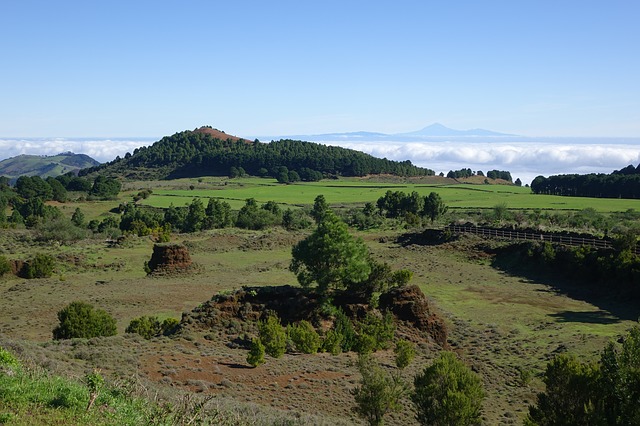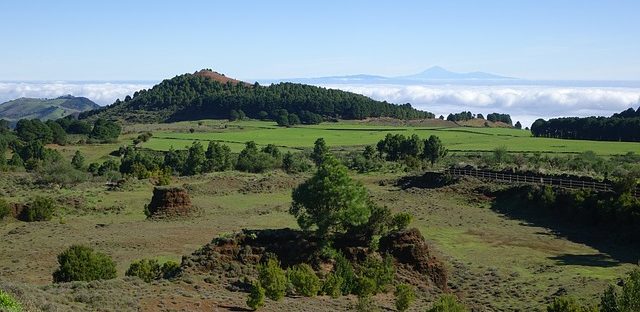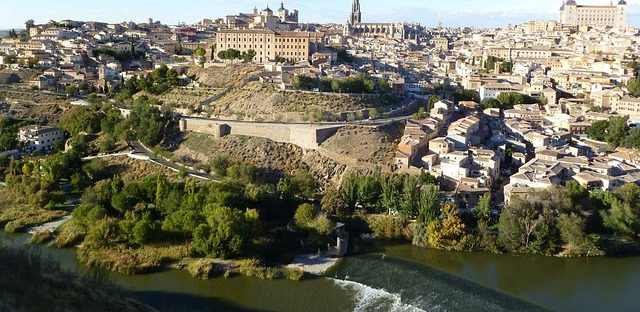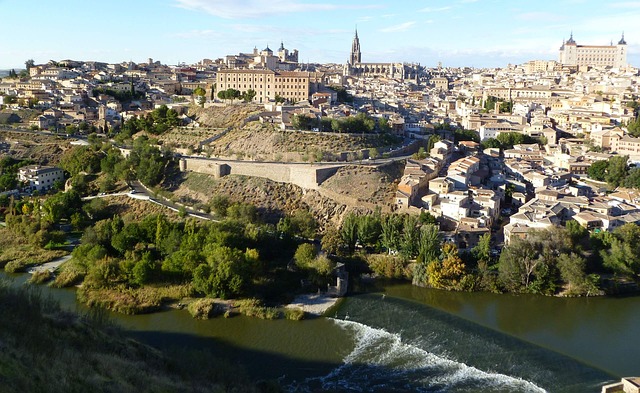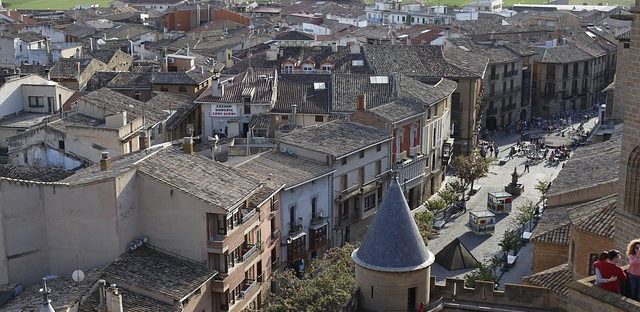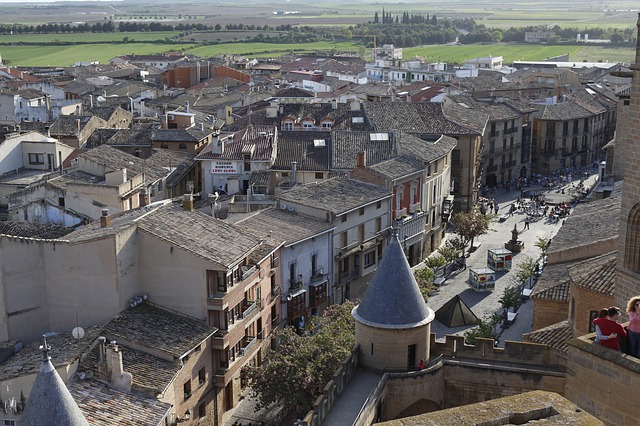Implementation: Navarra is a small region in Northeastern Spain, and is celebrated for its diverse renewable energy portfolio.Today, the region is one of the largest producers of wind power in Europe. Wind energy development in Navarra started at the end of 1994. By 2001, 65% of electrical energy consumed in Navarra came from renewable energy. During this period, almost 100 MW of photovoltaic power had been installed. Currently, approximately 70% of the electricity comes from the wind and sun. In the region, many isolated solar photovoltaic facilities have been realized since 1990s. By the end of 2001, the largest photovoltaic solar energy plant in Tudela was installed, with a capacity of around 1.2 MW. Today, there are over small 500 isolated solar facilities. Biomass energy, biodiesel fuel and hydro power also play important roles. In Sangüesa, a biomass plant generates electricity from the combustion of waste cereal (straw) and wood residues with an installed capacity 25 MW, producing 200 GWh/year. It is the biggest plant in South Europe. In Caparroso, a biodiesel plant has been operating since 2004. In the 1990s, two biogas plants were installed to generate electricity with the input of gas methane produced in the municipality solid waste dump area and in the waste water treatment plant of the Pamplona City. Navarre has a tradition of producing electricity from small hydro power plants since the end of XIX century. Some plants of those plants are still working. Today, 107 small hydro power plants are operating with total capacity more than 195 MW. The main companies responsible for renewable energy projects in the region are Corporación Energía Hidroeléctrica de Navarra (EHN) and Iberdrola (main electric company of distribution in Navarra).
The region has managed to expand the use of renewable energy by providing regional institutional support: 10% tax credits for investment in wind energy, connected photovoltaic, biomass, biodiesel, and geothermal; and up to 50% in economic aid for investment into isolated photovoltaic, 65% for Thermal, 50% for Biomass, and 30% for Geothermal. (In 2006, Government of Navarra granted 195.74 million Euros in tax credits for photovoltaic installations alone). Up to 2005, Government of Navarra granted assistance of 6 million Euros each financial year.
